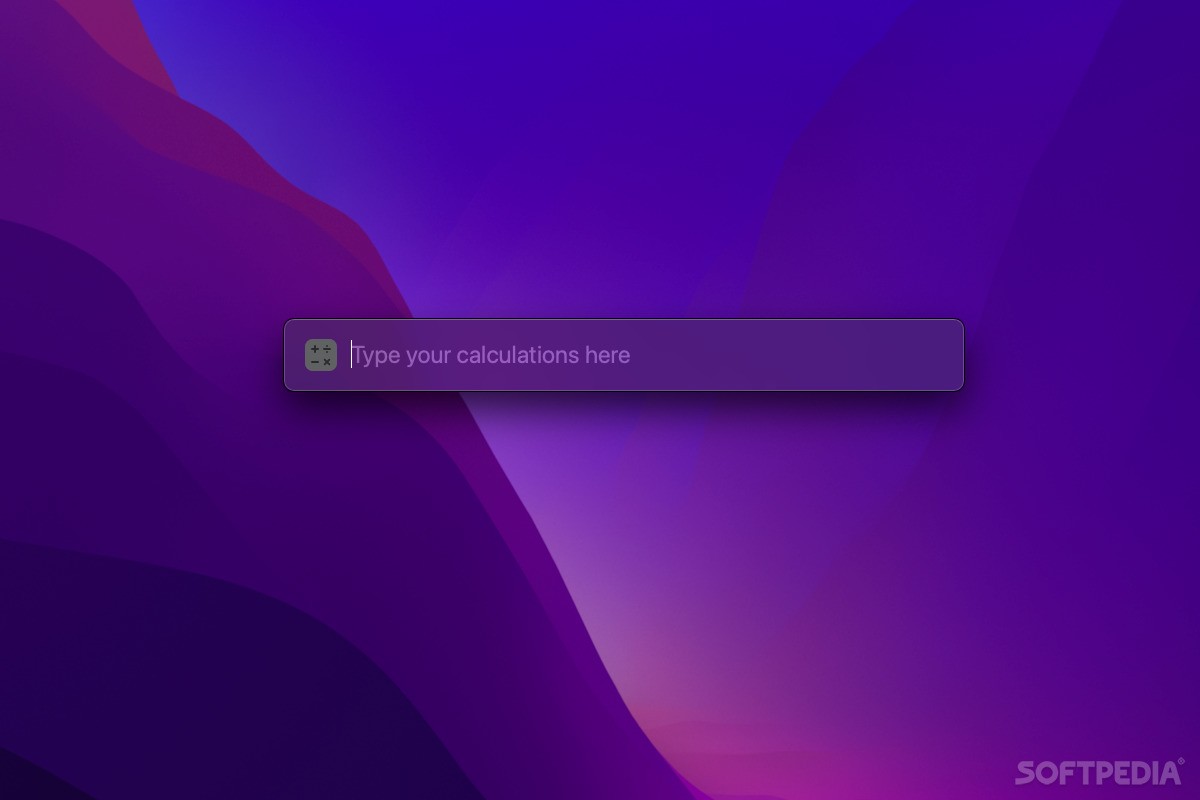
The app handles all sorts of conversion rates too from weights to cooking units and much more. It keeps a running total of all lines in a document, and it can look up currency conversion rates, stock prices, and commodity values for things like gold and oil. As you type on the left side of a document, Soulver keeps track of the math on the right-hand side with syntax highlighting that makes the calculations simple to follow. Writing calculations in plain English is faster than using a spreadsheet too because you don’t have to stop to consider what formulas to apply to which cells.īest of all, Soulver approximates how you’d solve the same problems with a pen and paper, making it intuitive, but also better because the calculator is built right into the page. Instead of guessing what all the numbers on a page mean, you can give each a descriptive label and add other text providing context. By mixing text and figures, a Soulver document becomes a roadmap making it easy to retrace your steps when you revisit your work later.
#Soulver mac mac#
The Mac and the iOS apps are part text editor, part calculator and work the way you think by letting you combine text and numbers on the same page.įor anyone who spends more time in a text editor than a spreadsheet app, Soulver is perfect. If you’ve ever sat down with a pen and piece of paper to work out calculations, you’ll understand the power of Soulver immediately. Both changes will be problematic for some users who may want to wait for future updates that the app’s developer has said are in the works. Soulver also saves its data as a single ‘sheetbook’ file now, which means it can no longer save or manage sheets as individual files saved to arbitrary locations on your Mac. However, unlike its predecessor, version 3‘s file format is incompatible with the iOS version of the app and earlier Mac versions.

The app has never been easier to use, and its implementation of a sidebar to corral sheets is fantastic.
#Soulver mac for mac#
Soulver 3 for Mac features an updated design and substantial new functionality that I love.
#Soulver mac update#
By combining elements of a text editor, spreadsheet, and plain English syntax, Soulver commits those easily-lost notebook scribblings to a format that allows for greater experimentation and easier sharing.ĭuring WWDC last week, Acqualia Software released a major update to the app. It’s the kind of math that happens in notebooks and on the back of envelopes. However, day-to-day life requires calculations that don’t demand that level of horsepower and benefit from contextualizing numbers with text. Full-fledged spreadsheet apps like Numbers and Excel have their place.

Privacy policy.The strength of Soulver lies in its flexibility. Subscribe via RSS to be notified of new articles. Marc Edwards is the founder and designer at Bjango. Mac external displays for designers and developers Mac external displays for designers and developers, part 2ĭiagnosing common colour management issues Update: If you’d like to use my Soulver variables, Marc Boquet has done all the work for you, and shared his variables preferences file: ist on Gist You can now choose the rectangle tool in Photoshop, and with a single click on the canvas, type in the exact value you need. The results fall on non-integer values (464.5 and 336.5), which isn’t ideal. Let’s say you’re working on an iPad design, and you’d like to figure out the width of columns in a two column design with margins, a gutter and you’d also like to see how it translates to portrait and landscape orientation. Splitting the iPhone 5’s display into two vertically by the Golden Ratio, but excluding the status bar? What about the same for landscape orientation? What if you needed a 10pt margin each side? With those constants set, it’s possible to create an expression to work out how wide each tab bar button would be on an iPhone, if you wanted four even width buttons. iphi and igr are the inverse of the Golden Ratio. Yes, they’re all in iOS points, rather than Retina pixels. It’s possible to add custom constants to Soulver. It’s a nice mid-point between a physical calculator (remember those?) and a spreadsheet, often trumping both for speed for designer-y calculations. And for this kind of work, Soulver is my favourite, because of the way it handles constants and multiline equations (disclaimer: Acqualia have no affiliation with Bjango, I just like their app). There’s nothing wrong with shuffling and resizing layers around until reaching the desired outcome, but I often get quicker results by breaking out a calculator. Grids, guides, gutters and ensuring distributed elements land on whole pixel values becomes complex when there’s many moving parts. When done well, screen design can get quite technical.


 0 kommentar(er)
0 kommentar(er)
